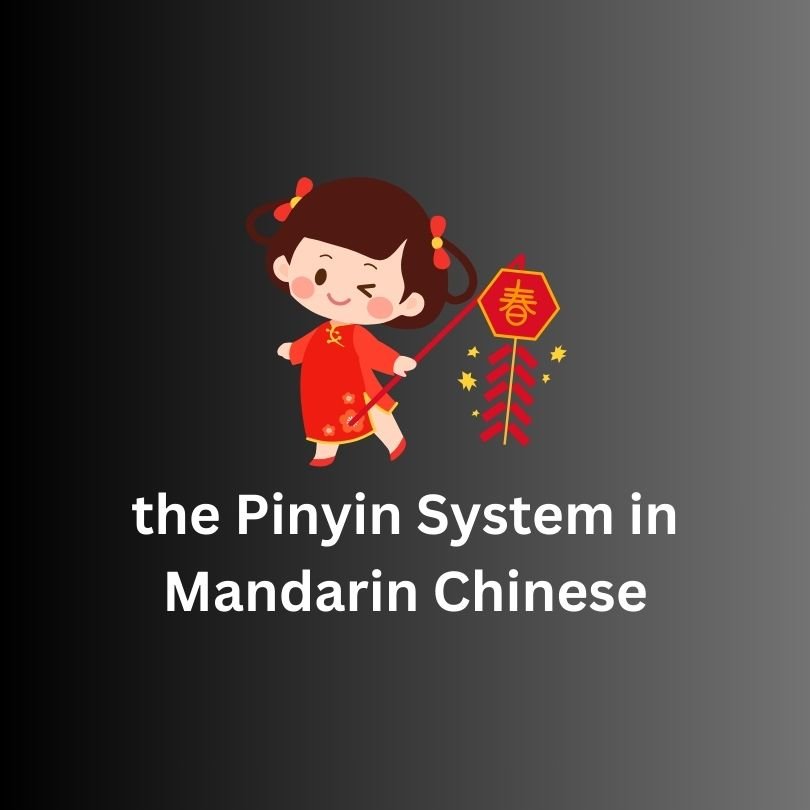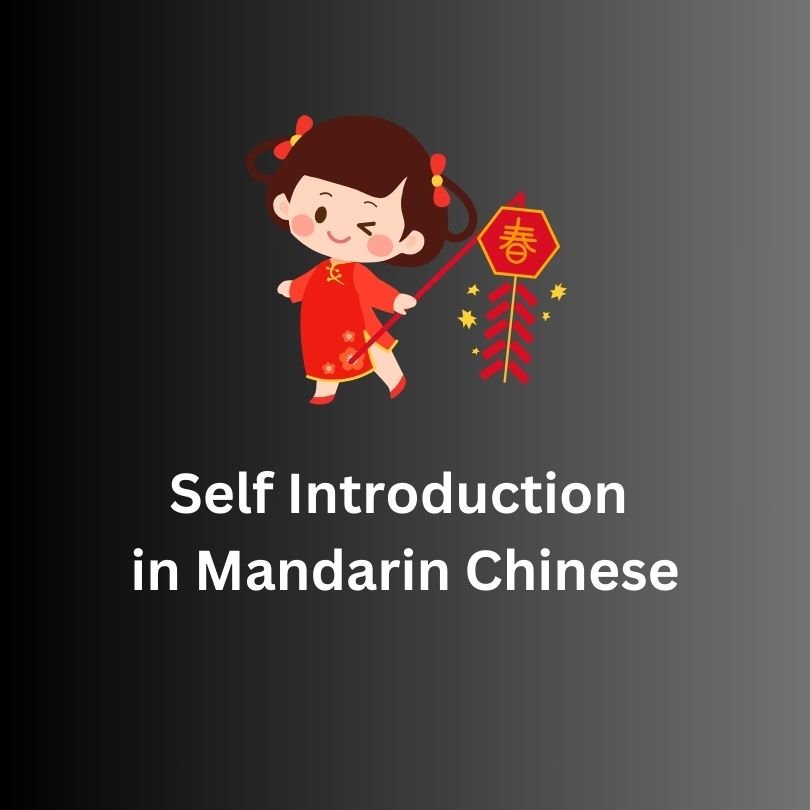Understanding the Particle 的 (de) in Mandarin Chinese: A Comprehensive Guide
The particle 的 (de) is one of the most frequently used and versatile particles in Mandarin Chinese. It serves various grammatical functions, primarily as a possessive marker and as a modifier that links adjectives to nouns. Mastering the use of 的 (de) is essential for forming coherent and natural sentences. This article will delve into the different uses of 的 (de), providing examples and tips to help you understand and use it correctly.
The Basic Uses of 的 (de)
The particle 的 (de) can be broadly categorized into three main uses:
- Possessive Marker
- Attributive (Adjective Modifier)
- Noun Modifier
1. Possessive Marker
The most common use of 的 (de) is to indicate possession, similar to the apostrophe “s” in English. It links the possessor to the possessed object.
Structure:
- [Possessor] + 的 (de) + [Possessed Object]
Examples:
- 我的书 (wǒ de shū) – my book
- 他的家 (tā de jiā) – his house
- 她的猫 (tā de māo) – her cat
Example Sentences:
- 这是我的书。 (Zhè shì wǒ de shū.) – This is my book.
- 他的家很大。 (Tā de jiā hěn dà.) – His house is big.
- 她的猫很可爱。 (Tā de māo hěn kě’ài.) – Her cat is very cute.
2. Attributive (Adjective Modifier)
The particle 的 (de) is also used to connect adjectives or adjectival phrases to nouns. This usage is similar to using “of” in English.
Structure:
- [Adjective/Adjectival Phrase] + 的 (de) + [Noun]
Examples:
- 美丽的花 (měilì de huā) – beautiful flower
- 红色的车 (hóngsè de chē) – red car
- 高兴的人 (gāoxìng de rén) – happy person
Example Sentences:
- 我喜欢美丽的花。 (Wǒ xǐhuān měilì de huā.) – I like beautiful flowers.
- 他开了一辆红色的车。 (Tā kāi le yī liàng hóngsè de chē.) – He drives a red car.
- 她是一个高兴的人。 (Tā shì yī gè gāoxìng de rén.) – She is a happy person.
3. Noun Modifier
In some cases, 的 (de) is used to link nouns to other nouns, especially when one noun describes a characteristic or function of another noun.
Structure:
- [Noun 1] + 的 (de) + [Noun 2]
Examples:
- 学校的老师 (xuéxiào de lǎoshī) – school teacher
- 北京的天气 (Běijīng de tiānqì) – Beijing’s weather
- 夏天的阳光 (xiàtiān de yángguāng) – summer sunshine
Example Sentences:
- 学校的老师很友好。 (Xuéxiào de lǎoshī hěn yǒuhǎo.) – The school’s teachers are very friendly.
- 北京的天气很冷。 (Běijīng de tiānqì hěn lěng.) – Beijing’s weather is very cold.
- 夏天的阳光很强烈。 (Xiàtiān de yángguāng hěn qiángliè.) – The summer sunshine is very strong.
Exceptions and Special Cases
While 的 (de) is generally used as described above, there are some exceptions and special cases where it might be omitted or used differently:
- Omission of 的 (de): In some cases, especially in colloquial speech, 的 (de) can be omitted when the meaning is clear without it.
- Examples: 我的书 (wǒ de shū) can become 我书 (wǒ shū) in casual conversation.
- Pronouns as Adjectives: When using pronouns as adjectives, 的 (de) can sometimes be dropped.
- Examples: 他妈妈 (tā māma) instead of 他的妈妈 (tā de māma) – his mother.
Practice Exercises
To reinforce your understanding of the particle 的 (de), try these exercises:
- Translate the following sentences into Chinese:
- “This is my friend.”
- “I like red apples.”
- “Her dog is very cute.”
Answers:
- 这是我的朋友。 (Zhè shì wǒ de péngyǒu.)
- 我喜欢红色的苹果。 (Wǒ xǐhuān hóngsè de píngguǒ.)
- 她的狗很可爱。 (Tā de gǒu hěn kě’ài.)
- Create sentences using the structure [Noun] + 的 (de) + [Noun]:
- “school’s teacher”
- “China’s food”
- “summer’s vacation”
Answers:
- 学校的老师 (xuéxiào de lǎoshī)
- 中国的食物 (Zhōngguó de shíwù)
- 夏天的假期 (xiàtiān de jiàqī)
Conclusion
Understanding and correctly using the particle 的 (de) is crucial for mastering Mandarin Chinese grammar. Its role as a possessive marker, adjective modifier, and noun linker makes it an indispensable part of the language. By practicing regularly and paying attention to context, you can become proficient in using 的 (de) to form clear and natural sentences. Keep practicing, and soon you’ll find yourself using this versatile particle with ease. Happy learning!



